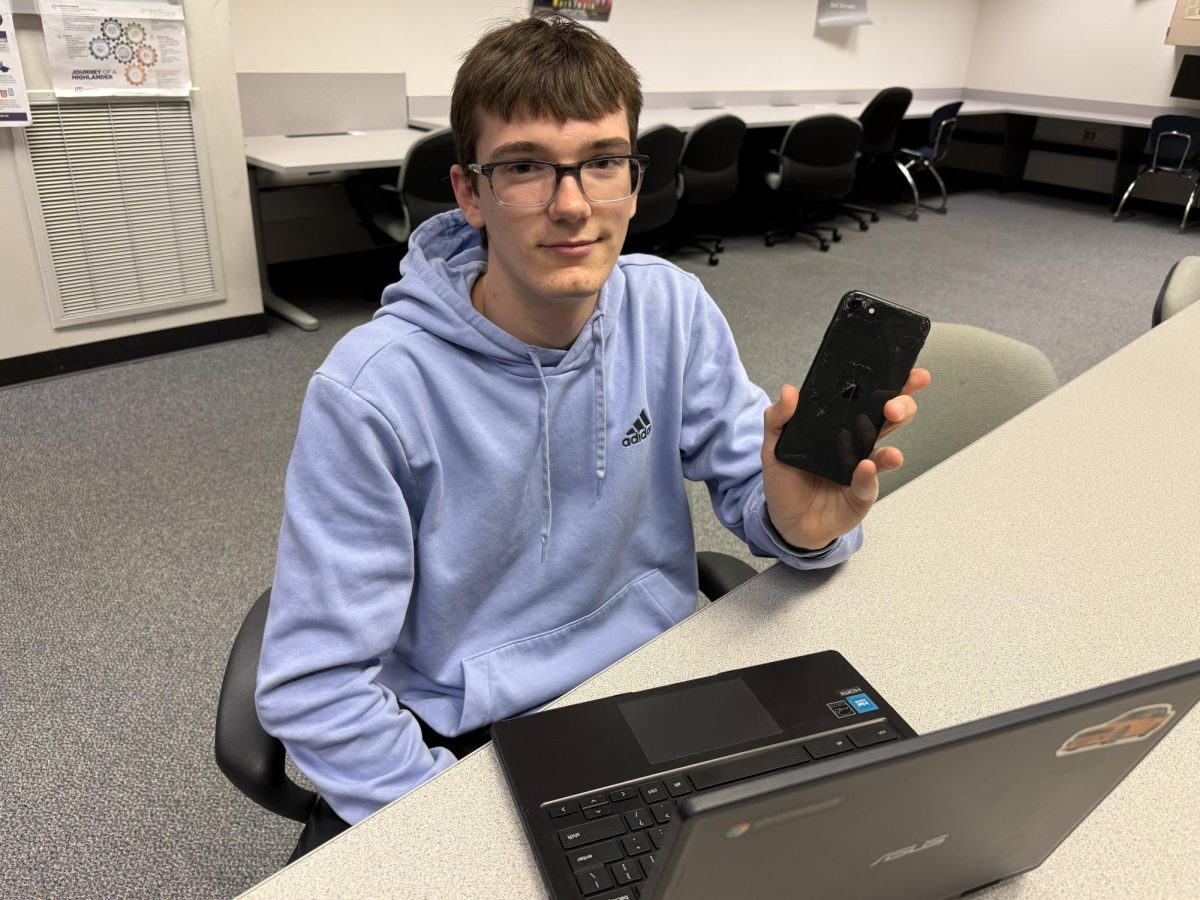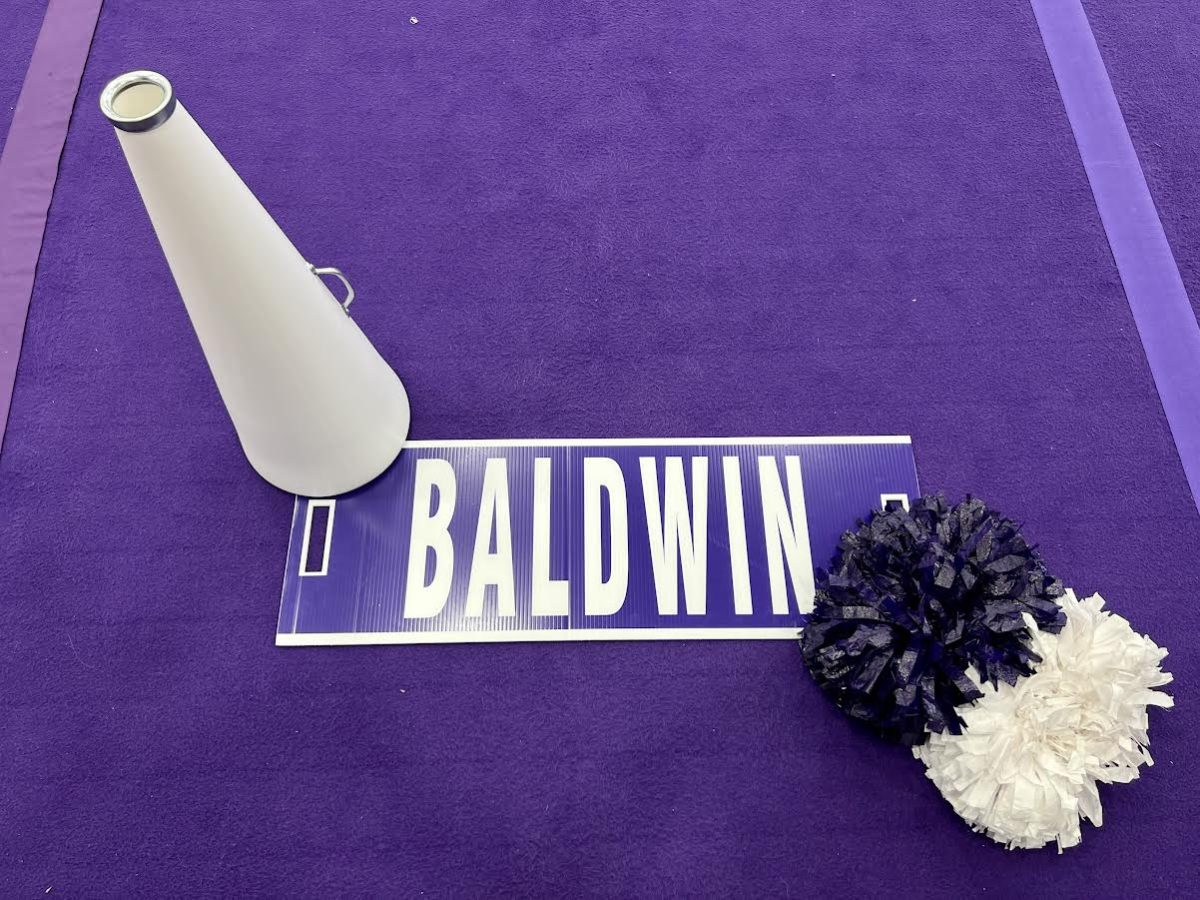It was a nightmare scenario for most teenagers: I dropped my phone and could not get it to work.
It happened at home on Tuesday after school, so I was unable to bring it to school on Wednesday. Surprisingly, that day went so well that even after I got my phone working again, I chose not to bring it to school the rest of the week.
My first concern at the start of the day on Wednesday had been that I was going to miss important texts from friends or notifications from my extracurricular activities. That night, after I got my phone fixed, I realized I had not missed anything important.
What I noticed during my days in school without my phone was that I felt more focused. Not having my phone meant that I wasn’t distracted and I could stay on task better. This led to improved performance and better grades on my assignments for those days, and it helped me to feel less stressed about my schoolwork.
Another positive aspect was my relationships with friends. I felt that not being distracted by a phone led to more genuine conversations and interactions. Usually at lunch, I play games on my phone, but over those three days I had more conversations with friends during lunch.
Some of my friends were confused when I told them I didn’t have a phone on me, and they wondered how I was going to make it through the day. The consensus among them was that a phone is a necessary device for a high schoolers’ daily life.
And of course, there were a few negatives. For some classes, having a phone can be very helpful – for taking pictures of notes on the board or sending videos to group members for a project. Some of our half-hour Highlander Time periods also require a phone, like how students need a phone during fantasy football Highlander Time to adjust their team rosters.
But there are many other Highlander Time activities that don’t require a phone and that instead involve students getting outside and being active. For instance, when my phone was out of commission, I changed my Highlander Time selection to ultimate frisbee to get outside and be active during school hours. I could have chosen others as well, like playing pickleball or walking the track.
Many schools around America have banned phones or made policies regarding phone usage at school. This summer, the state of Texas passed a law that requires school districts to implement policies restricting student use of cell phones. New York City also made a ‘‘bell to bell’’ law prohibiting cell phone use during school hours.
Baldwin’s policy is that students should put their phone in a caddy unless the teacher gives them permission to use it during class. Some students avoid putting their phones in the caddy, but many of those kids aren’t on their devices in class, preferring to keep their phone in their pocket.
My experiences without my phone showed me that most of the time, I didn’t even really need it during school. There were many benefits to not taking it to school, but also a few drawbacks.
This school week, I decided to bring my phone again. I think that having a phone is a useful tool, and in case of emergency, it is an important device to have.
This week at lunch and other times when I have downtime, I am taking note to engage in conversations with friends and to stay off my phone when I don’t need to be on it.
To me, the decision about bringing their phones to school should be on the students. I thought that not having it was a nice break for a few days, and being able to have good conversations with friends and scheduling more active Highlander Time periods was a good way to relax.
But in general, I think that students should bring their phones to school. They are tools that can be used for academic progress and learning. However, they can also be a distraction at times for students who should be working.
Bringing a phone to school is a choice that a student should make. I think that after this experience, I may occasionally choose to not bring my phone to school if I don’t need it that day.















